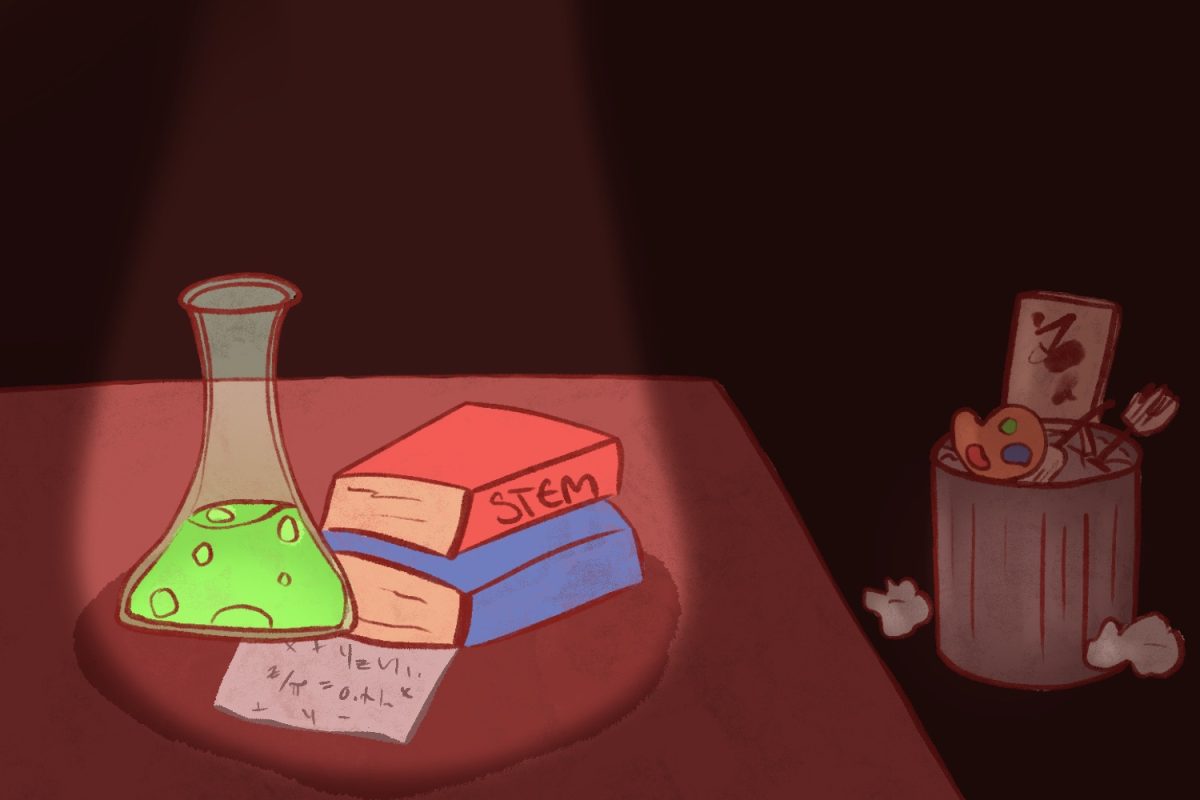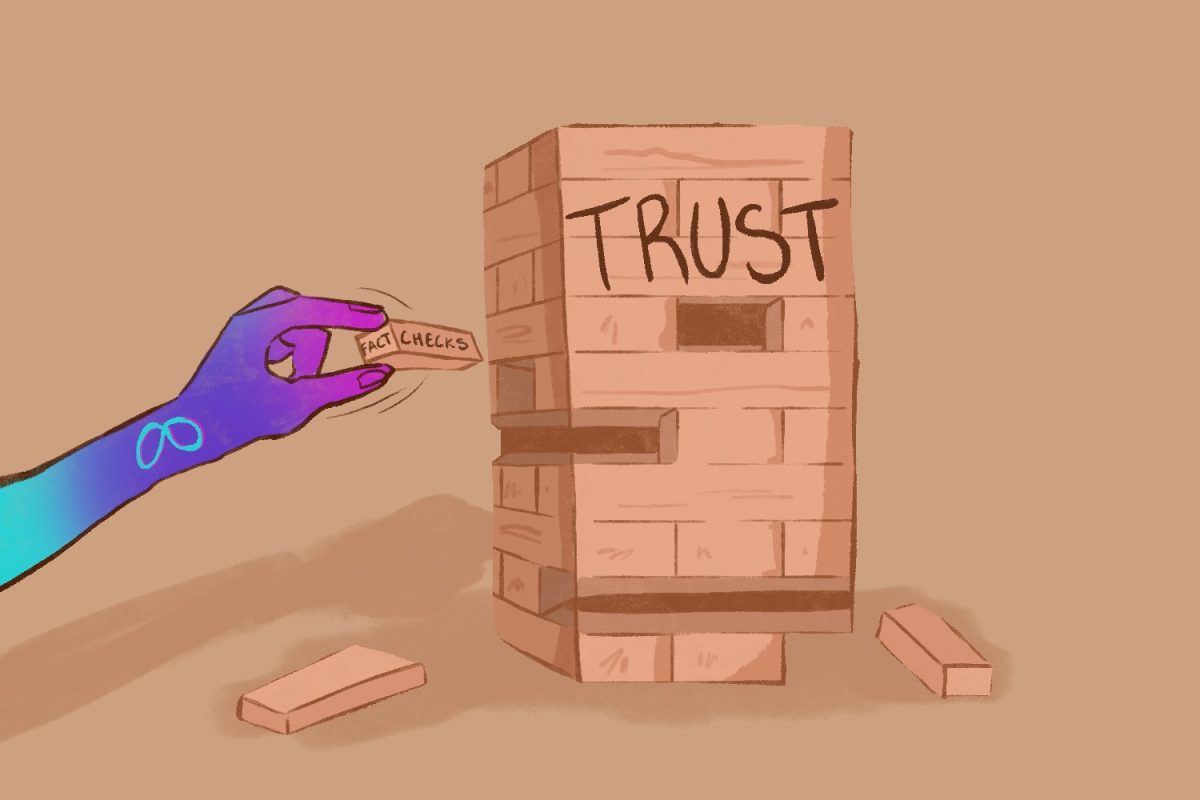Question, hypothesize, experiment, analyze, and conclude — the five fundamental steps of the scientific method. Designed to help scientists produce accurate results, the scientific method is considered a tried-and-true recipe for success.
However, one crucial ingredient is missing: communication. Open science, with its emphasis on collaboration and sharing, fills this gap, enhancing the scientific method and accelerating scientific progress.
Scientific research, once a solitary pursuit, is now embracing collaboration. From the separate discoveries of natural selection by Charles Darwin and Alfred Russel Wallace to the Cold War’s Space Race, the contest to see who can get to a result first has undermined scientific progress.
Additionally, the cost of producing and sharing research poses a significant barrier for scientists. The high fees charged by publishers like BioMed Central and PLoS — the largest open-access publishers — can exceed $1,000, making it difficult for scientists to disseminate their findings to the public. This financial hurdle underscores the need for open science, which aims to make scientific knowledge more accessible and affordable.
Science is at its best when a team of researchers works together to investigate a question. Each person brings their own perspective and experiences to the table, creating an environment conducive to success.
Movements like open science are beginning to gain momentum as more recognize the importance of scientific synergy and research distribution. Open science has two goals: to make the outputs of publicly funded research accessible to all and to increase scientific collaborations.
In 2021, UNESCO jumped into this movement, publishing a framework for what true open science should look like. The organization agreed that open science should involve open access to scientific knowledge and research infrastructure and collaboration between scientists and different knowledge systems.
Almost two years after this framework was published, UNESCO published a report on the progress of opening science.
For example, in Brazil, the government launched the digital National Platform of Research Infrastructure. Institutions can register their equipment on this site to make it more available to researchers outside their university or organization. In South Africa, policymakers are working with researchers to create a national open science policy.
The same report also saw that there were many areas to be improved upon. For instance, around 46% of publications in open-access repositories were in English alone, and around 73% of publications were in just six languages.
However, overall, the UNESCO outline on open science indicates a promising future for scientific achievements. Before UNESCO joined the movement, there was no official norm set for open science, but now, 193 countries have agreed to abide by their standards.
With pressing issues like climate change and antibiotic resistance, opening science needs to be a priority. If done correctly, the world of science can grow to be one that includes all who wish to join or understand it.
It’s time communication in science is acknowledged as a vital step toward accelerating human progress. It’s time to open science.
*This editorial reflects the views of the Scot Scoop Editorial Board and was written by Arianna Zhu.
The Editorial Staff staff voted 11 in agreement, 1 somewhat in agreement, and 3 refrained from voting.












